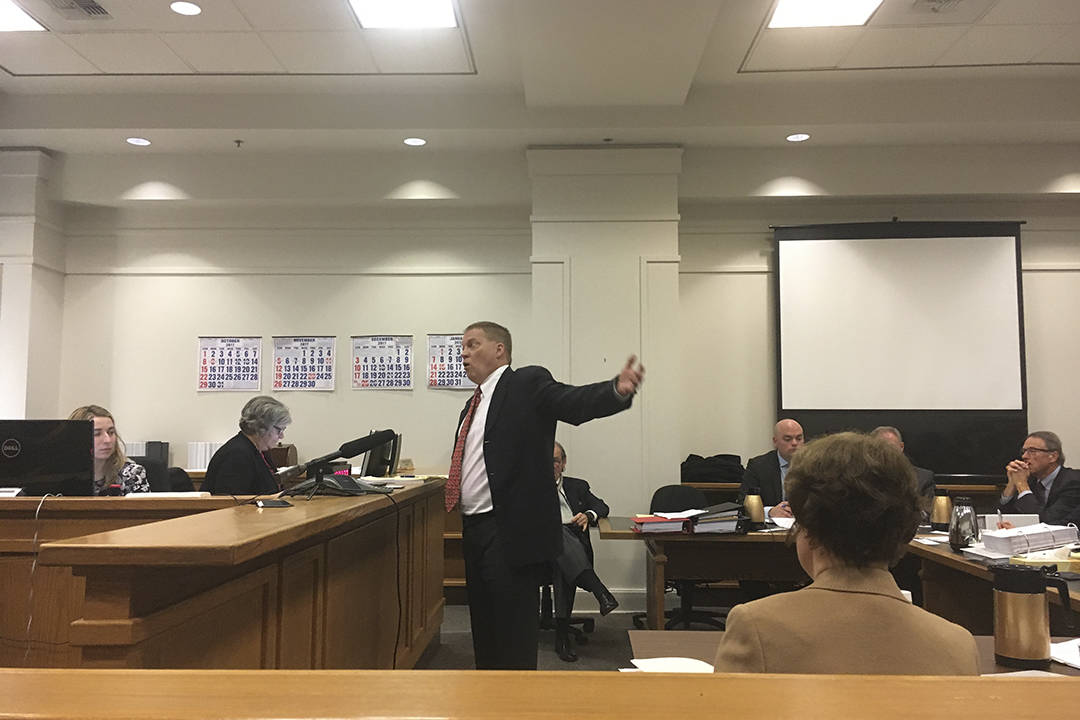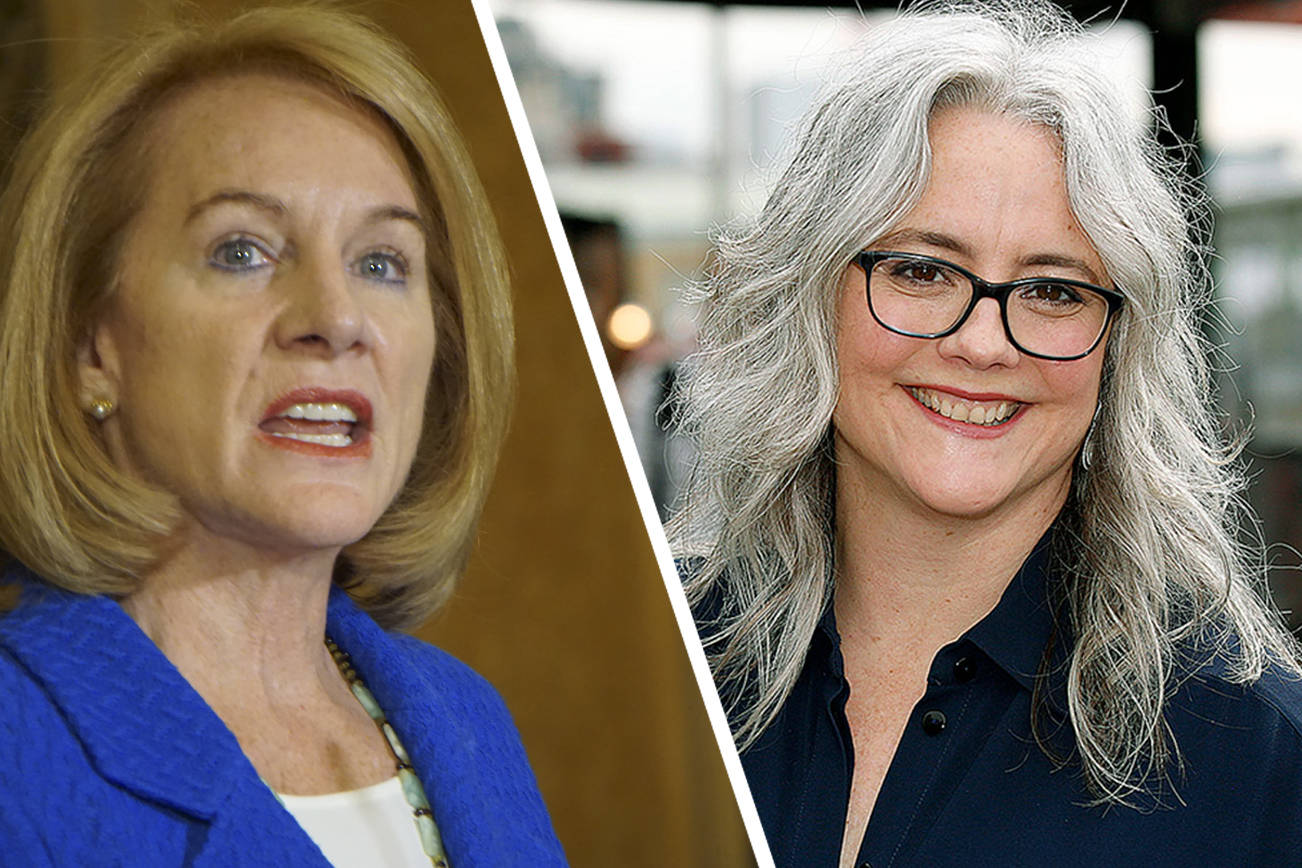Everyone—except for Seattle City Councilmember Rob Johnson and Mayor Ed Murray, maybe—has a gripe about Seattle’s upzone plans, which are pitched as a way to promote both urban density and affordable housing across the city.
One of the biggest gripes, from a pro-density perspective at least, is that tying the new Mandatory Affordability Housing program to developments that take advantage of the upzone adds so much cost to building projects that it will actually discourage development.
On Thursday, Johnson tried to push back on that narrative with news that developers from seven already-permitted downtown construction projects will opt-in to MHA requirements passed last month by the City Council. In exchange, the developers will be allowed to build four stories higher than previously permitted.
In addition, developer Eran Fields committed to cancelling his building permit in the U District to file for a new one so he could build higher, as allowed by the U District upzone, while also paying into MHA. For Johnson, it’s proof that the city is getting the balance right between housing requirements and density.
“My intention with the (affordable housing) rates in the program was to have the Goldilocks approach that it wasn’t too little or so high no one is developing,” he tells Seattle Weekly. “We are setting the right tone because developers are choosing to opt-in.”
Developers can comply with MHA in two ways: They can set aside a certain percentage of units to be rent-controlled in their building, or they can pay into the city’s affordable housing fund, which bankrolls nonprofit housing developments across the city. Johnson says most of the downtown buildings will be commercial, meaning the developers will likely be paying into the affordable housing fund. If the city approves the re-vamped downtown projects, an additional $25 million will head to Seattle’s Office of Housing next year.
How much the resulting affordable housing units will actually cost to rent is a complicated question. Units created under MHA must be kept “affordable” for the next 50 years for people making less that 60 percent of Seattle’s average median income; 60 percent AMI for a family of four in Seattle is $57,600. “Affordable” is defined as 30 percent or less of income. But that doesn’t mean all units would be priced at 30 percent of $57,600. Rather, rents are determined on a sliding scale.
Johnson’s announcement did little to silence dissent to the program. Roger Valdez, director of the pro-development group Smart Growth Seattle, maintained that the developers will simply pass on the costs associated with affordable housing to the people paying market rates, meaning those rents will be higher than they otherwise would be.
“If the metric you’re worried about is average rent, this is going to make average rent go up. It’s self-defeating,” Valdez says.
Dan Bertolet, an economist with the Sightline Institute, has argued that the MHA program would slow development in the U District, impeding housing supply. He writes in an email that Fields’ decision should not be taken as a sign MHA is working.
“The problem is it’s much easier to point to a project that’s moving forward than to one that never got past the idea stage because it was deemed infeasible from the start. And every time one project doesn’t move forward it’s maybe a hundred more low-income families pushed out of the city, the very same vulnerable people that MHA is intended to protect,” he writes.
In announcing the opt-in for the Fields’ U District project at 4700 Brooklyn Avenue Northeast, where a Chevron gas station once stood, Johnson employed a bit of symbolism.
“This site, a former gas station, represents an unsustainable, car-dependent past. This new project represents our future vision for this city—an affordable, green and vibrant future for Seattle and all its current and future residents.”
dperson@seattleweekly.com








